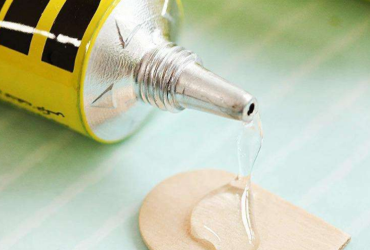UV resin material is a common 3D printing material, and common UV resin is a UV resin material that can be used for 3D printing. UV resin materials are generally liquid, and are materials composed of photoinitiators and monomers or prepolymers, mainly composed of copolymers, additives and diluents. Adding a photoinitiator and irradiating with ultraviolet rays of a certain wavelength can cause the polymerization reaction of the copolymer and cure the liquid UV resin material. This process is called liquid light curing resin process, which is commonly used in stereolithography 3D printing technology.
The performance of UV resin material is similar to that of ABS resin, and it has the characteristics of high mechanical strength, no volatile odor, wide application range, and easy storage. Moreover, the UV resin material has a short preparation process, is easy to cure, has high molding precision, and has a good surface effect, and is suitable for light-curing (SLA) rapid prototyping equipment. Under 250~300nm laser or ultraviolet irradiation, the photoinitiator present in the UV resin material absorbs ultraviolet rays to form excited molecules, and then decomposes rapidly, triggering the polymerization reaction of the polymer in the UV resin. The whole process takes a short time, and the UV resin material can be cured in a short time. In order to improve curing, 3D printing equipment can be used to scan and stack UV resin materials layer by layer, so as to obtain the expected 3D printing products and realize the reality of the design model. Using the UV resin material obtained by this technology, 3D printing products with high molding precision can be produced. As can be seen from the above, UV resin material has many advantages and is a very suitable UV resin material for 3D printing.
The surface precision of the product obtained by this material is high, which can show better details of the 3D printing product. The surface of the obtained product is fine and suitable for precision material processing, especially for precision parts and mold manufacturing industries. However, it also has disadvantages. For example, UV resins are more expensive to produce than most polymers and are the aristocracy of the polymer world. Therefore, the high preparation cost limits the development of UV resin materials in the field of 3D printing to a certain extent. At present, there are many researches on the application of UV resin materials in the field of 3D printing materials, but there are few reports on large-scale applications in the commercial field. It can be seen that the commercialization of UV resin 3D printing materials still has a long way to.
We Lencolo new material co., ltd. is devoted to create a comprehensive application platform of UV resins and functional additives etc. If you have any enquiry about UV materials, welcome to contact us anytime.


2022-08-03




2025-01-06